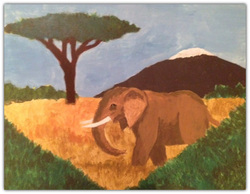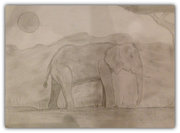A few days after visiting the wonderful Patara Elephant Farm, we visited the Elephant Nature Park (ENP). A van picked us up and took us from our hotel in Chiang Mai and we drove for about an hour. ENP is in a beautiful natural valley, bordered by a river, and surrounded by forested mountains. This park is different from the other two elephant sanctuaries I went to in Thailand. This park is meant to take care of rescued, injured, and sick elephants. Instead of really getting to know or play with the elephants, we came here to just observe and learn about them. The elephants here are less comfortable around humans, so they are just there to rest.
On the drive to the ENP, our guide, Em, told us a bit about the park and she showed us a video. She said the elephants here are uncomfortable around humans because they were abused by them in the past. The video was about the history of elephants in Thailand and why the park was set up. It also gave us some rules about interacting with the elephants. In 1989 Thailand made logging illegal. This was good for the wild elephants, but very bad for the captive ones because their owners went out of business, and it is very hard to take care of an elephant with no money. Many elephants ended up begging for food in the concrete jungle. The only way some owners could afford the elephants was to use them as tourist attractions. With little food, dirty water, and no elephant friends, this is a very depressing life for elephants. At the ENP, they try to rescue these elephants by buying them from their owners, so they can have a better life there. The ENP is concerned with conservation of wild elephants and the treatment of the captive ones. The video also told us we were not supposed to stand behind the elephants, or touch the elephants, because they might get upset.
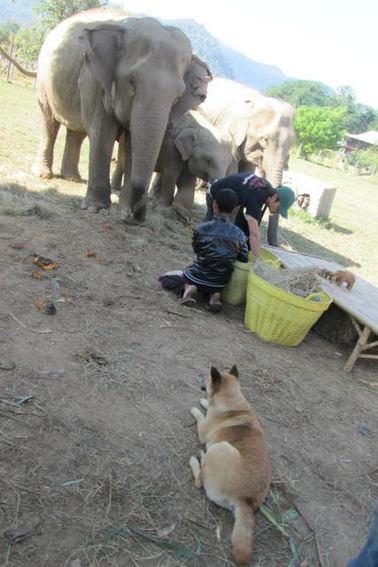
As we entered the park, we saw lots of dogs. This park also rescues dogs and cats from the streets of Chiang Mai, to live among the people and elephants. I saw lots of dogs walking right next to the huge elephants. The dogs and the elephants did not seem to mind at all! Elephants are very friendly creatures, they will be your friend, and be so gentle, despite their massive size.
The place where we observed the elephants was a huge platform made of of wood covered with a roof and supported by huge pillars. It was high enough so that the elephants could walk under the platform, right under your feet. I thought that was very cool. Em told our group to sit down at a picnic table, and she once again went over all the rules about the elephants. She then told us a very important one, do not step over the yellow line on the edge of the platform. There were fences to stop us from falling, but the elephants don't want to be to close with us.
She then told us we were going to feed the elephants, although these elephants ate differently than the elephants of the previous elephant parks I went to. These ones did not eat sugar cane. A lot of elephants here are super old, and have lost all of their teeth. In the wild an elephant would die with no teeth, because they would not be able to eat. Here, they make special foods for the old elephants. Tamarind is these elephants’ favorite food, and it is like a natural medicine for them. One of the foods they give them is cooked pumpkin flesh. At the park there is a whole room filled with pumpkins. The pumpkin flesh is soft and filling. The elephants with teeth ate lots of watermelon. If I was an elephant I think I’d like it, because it would keep me hydrated. The elephants we fed were all moms and babies, and these elephants seemed a bit more plump than at the other sanctuaries, maybe because their bodies were not fit for exercise.
After feeding the elephants, we took a little walk around. Em showed us some of the places where they kept all the food. In one room, they must have had 2,000 bananas. Now it was time to go see some of the other elephants. My mom and I noticed that in the distance there was an elephant all alone, and her leg looked as if it was dislocated very badly. We asked Em why she could not be with the elephants, and she said she was a bit mad. Apparently she kept whacking all of the other elephants with her trunk.
There were a couple different groups of elephants, some with three elephants, some with ten. One of the groups contained of a mom, an older daughter, and a baby boy around two years old. The mom and the older daughter were having a bit of a fight. The daughter would keep reaching in to her mom’s mouth, and try to get the hay out. Whenever she did this, the mom would slap her on the head with her trunk. The baby boy stood there, eating grass calmly. He had a huge left foot, all swollen and cracked. I asked Em why and she said that he stepped in a trap in the jungle, and it was stuck on his foot for a long time. I asked her if it would stop swelling, and Em replied no.
Another group of elephants, a slightly larger one, had two very special elephants, with very sad pasts. Both of the elephants stepped on a landmine at the same time. One of the elephants had the front of its right back foot blown off, and the other one the back of its left back foot blown off. This is a very common thing with elephants in the jungle on the border with Myanmar, an area with a lot of fighting. A whole leg can be blown off depending on the size of the bomb. A lot of the elephants here had leg injuries.
After looking at all the groups, and hearing tragic stories from Em, we went to the elephant hospital. Around the back there were some diagrams of elephants body parts. Em asked us if we knew the difference between African and Asian elephants. Here is what I answered.
-An Asian elephant has a big bump on it’s head. An African does not.
-Africans have ears shaped like Africa that are huge. Asian elephants have smaller ears shaped like India.
-On their trunks, Africans have two “fingertips,” and an Asian elephant only has one.
-Male and female Africans have tusks. It’s unusual for a female Asian to have them.
-African elephants are bigger.
-Africans have ears shaped like Africa that are huge. Asian elephants have smaller ears shaped like India.
-On their trunks, Africans have two “fingertips,” and an Asian elephant only has one.
-Male and female Africans have tusks. It’s unusual for a female Asian to have them.
-African elephants are bigger.
We also saw some elephant teeth at the elephant hospital. They were huge! About as big as my hand. In its mouth, an elephant looks as if it only has four teeth, but elephants have 26 teeth, 24 of them in their mouths (their tusks are incisors). They have six sets of teeth. That means after their first set falls out, another grows back five more times. When an elephant loses all of its teeth, or as the last set begins to break down, it becomes very difficult to chew and digest food. This is why at ENP they give the older elephants pumpkin flesh.
We then headed to the tables to eat some lunch. It was a full Thai Buffet, entirely vegetarian. I got some Thai noodles, spring rolls, and salad. It was very tasty. The elephants enjoyed a nice snack of watermelon from another group who had arrived. After lunch, we took one more walk around to see the elephants. Just looking at all the animals, not petting them, or riding them. Just watching them made me realize how truly beautiful these animals are.
The next part was very sad. Em asked us all to come to the theater, where we watched a video. She told us this video is a bit disturbing, and so some people decided to leave. I stayed, because I want to know everything I can about elephants. The video was about the treatment of elephants in Thailand. In the video, they showed us how lots of places train their elephants to work for them. They use a process called the “phajaan,” which literally means “breaking the spirit.” This process usually takes place when the elephants are very young. This process breaks the elephant’s spirit so that the elephant will be scared into doing what their owner says. The young elephants are put into a small pen and beaten with sharp bull hooks, which look like scythes but with a tiny, but very sharp, blade. The people who do the phajaan make large gashes into the elephant’s hide and beat them for hours on end. The elephants are tied up by the neck and feet to the ground, with constant thrashing. This process is used on both male and female elephants, but males are much more disobedient, which is why they get beaten, long, harder, and in an even more cruel way.
The other part of the film was more uplifting. The founder of the Elephant Nature Park, is named Lek, and she absolutely adores elephants. Even more than I do. In the film, she was the one who told us about the phajaan, and she often watched it happen in real life in the villages. She said that we need to treat elephants with more respect, because they are so huge to Thailand's culture. Her grandfather was a shaman, and she feels like she has a spiritual connection with the elephants. Her love for them started in the village, when she rescued a very sick elephant who had lost his mother. The elephant followed her around everywhere, and she helped him get over his depression. She stayed up days and nights on end, with the baby elephant, and one night she could not take it anymore, and she fell asleep. But in her sleep, she felt the baby’s soft trunk on her cheek, and then she truly fell in love with elephants. Lek also created a sanctuary in the hills for elephants, called Elephant Heaven. She cares so much about elephants, and she says she will help the elephants until she dies. She wants people to understand the horrible things that happen to elephants, and understand that we can still have elephants work with and be with us, and still have the elephants happy.
After the film, we walked out to wash the elephants in the river. I did this with Puh the elephant at the Patara Elephant Farm, but we were not scrubbing the elephants here. We were just splashing them with water. While we were walking, a huge herd of water buffalo came walking by. I asked Em where they came from, and she said they rescued them from a slaughterhouse. She also said that for the 100 buffalo they had, they all only had one buffalo “mahout”, but each elephant needed a mahout for themselves, and some even needed two. We laughed. We laughed a lot that day.
Bathing the elephants was so fun. Em told us not to get water in the elephants’ eyes, because it could give the elephant eye infections. Every time I splashed the elephant, her body unstiffened, relieved from the hot sun. People on the other side of the elephant would throw the water too far, and it would splash me.
The last thing we did at the park was say goodbye to the people and the elephants we had met. They let my mom and me sit next to one of elephants and get our photo taken. We were not allowed to touch the elephants, but the elephant looked so happy, I didn't even need to. And even though leaving the park was sad, because I would not be able to see elephants for a while, I knew I would be back to all three of the sanctuaries again. Next year I am going to be homeschooled, and part of what my mom wants to do is visit lots of wildlife sanctuaries in Southeast Asia to learn about animals, especially elephants. Also, we just found out there is an elephant sanctuary in Cambodia about 200 miles away from where we live, called the Mondulkiri Elephant Sanctuary, and we are going there really soon. I will definitely write about that. I think any of you out there would love to be with these elephants in Thailand. They are so gentle, loving, and are some of the best creations of nature I have met.
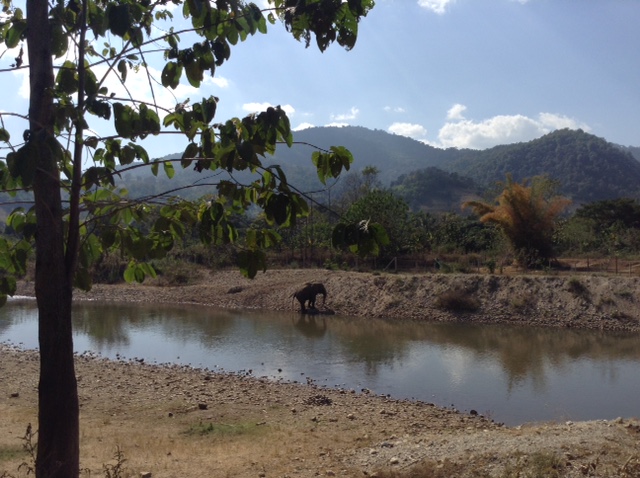
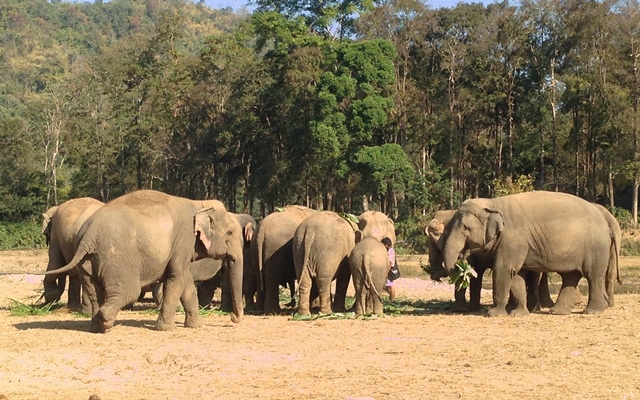
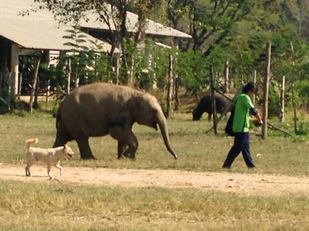
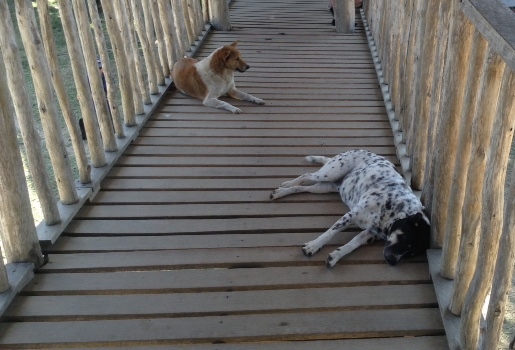
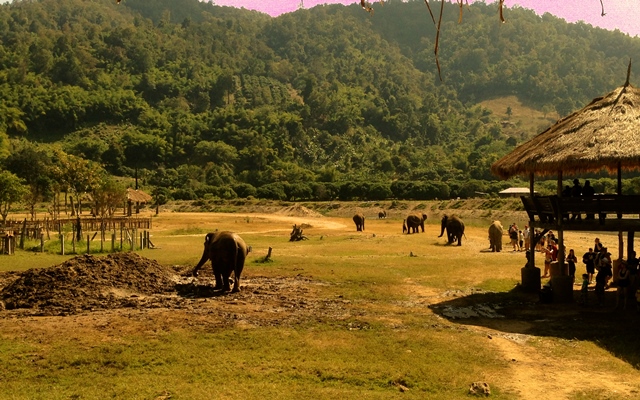
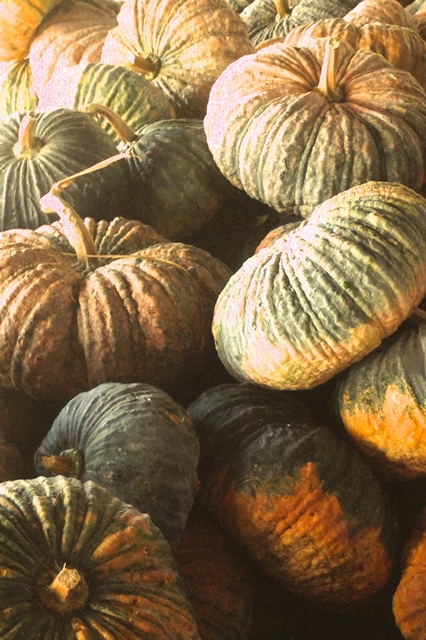
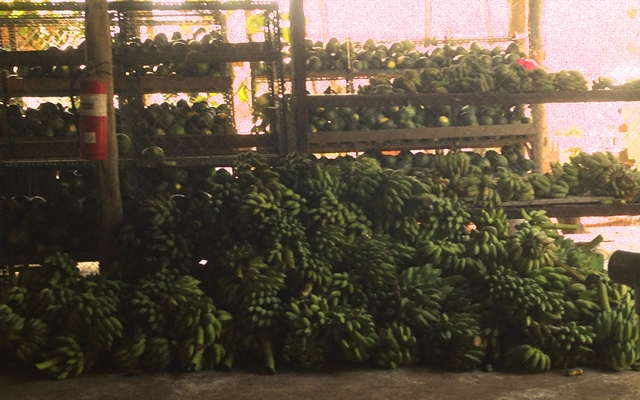
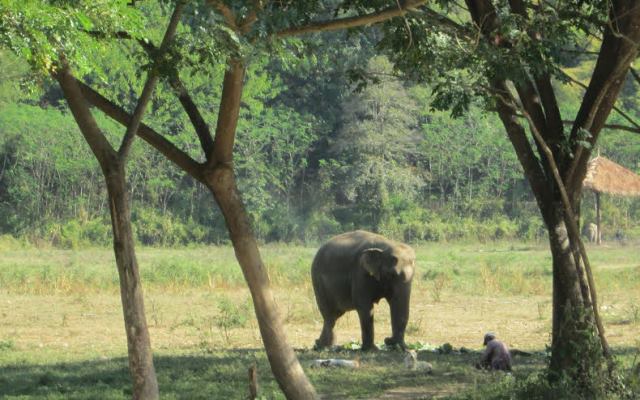
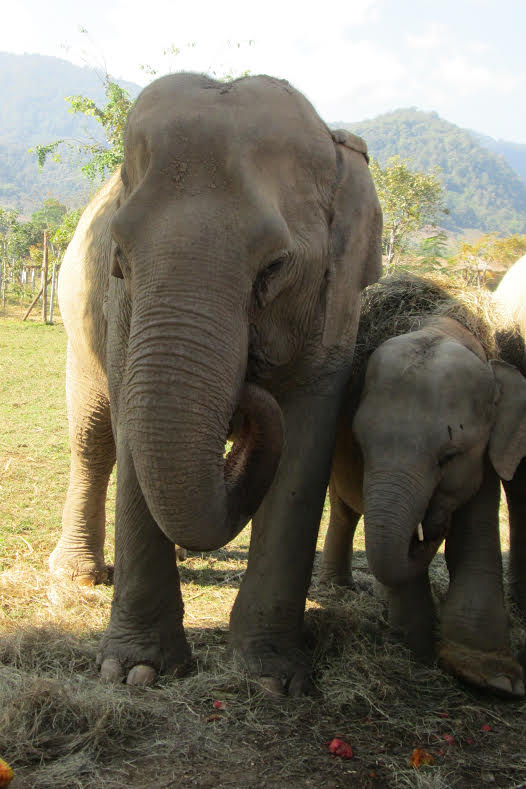
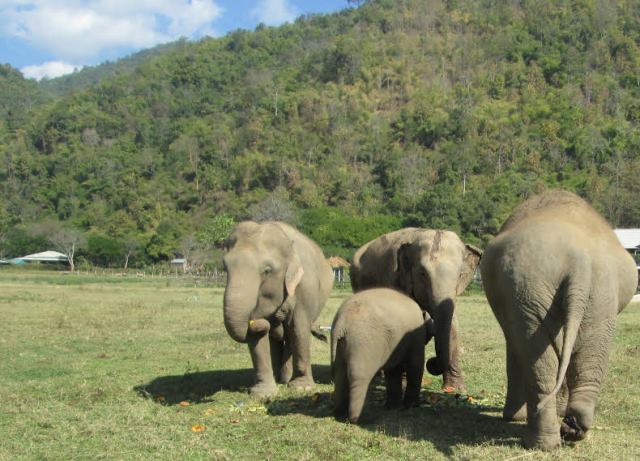
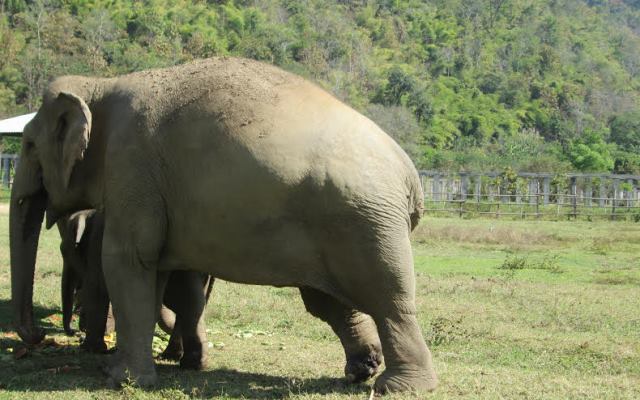
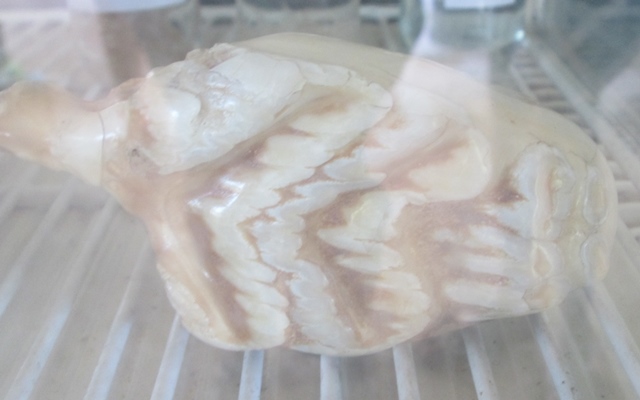
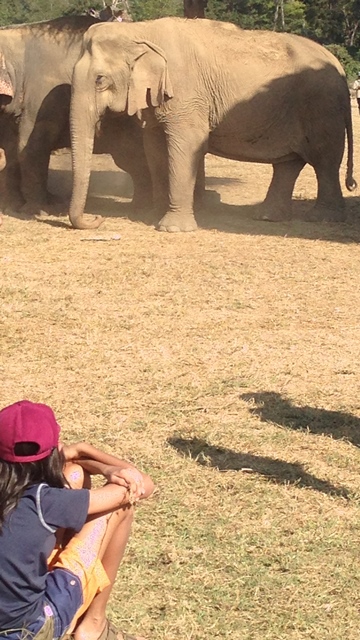
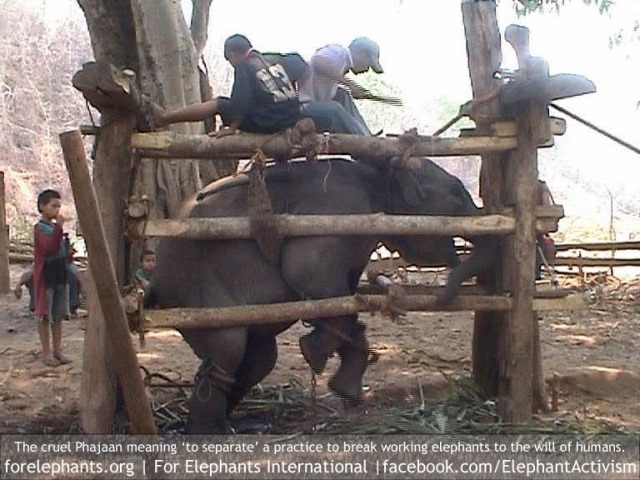
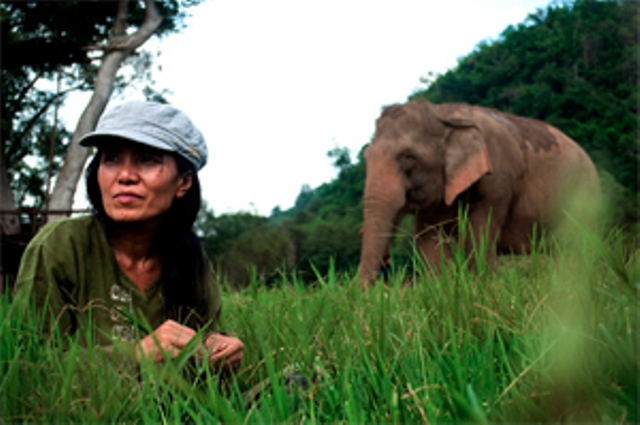
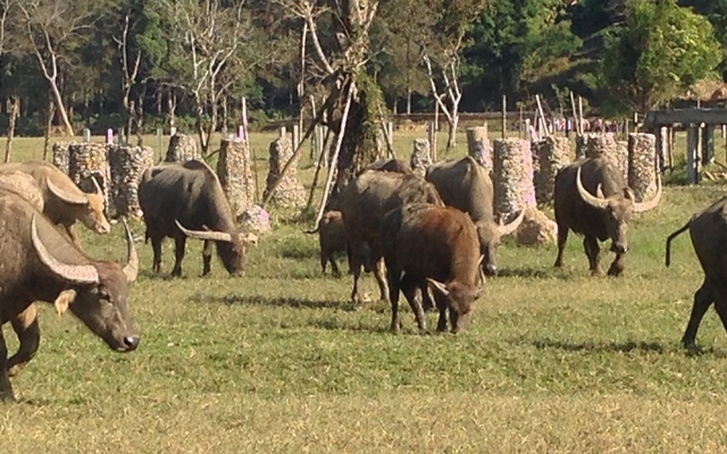
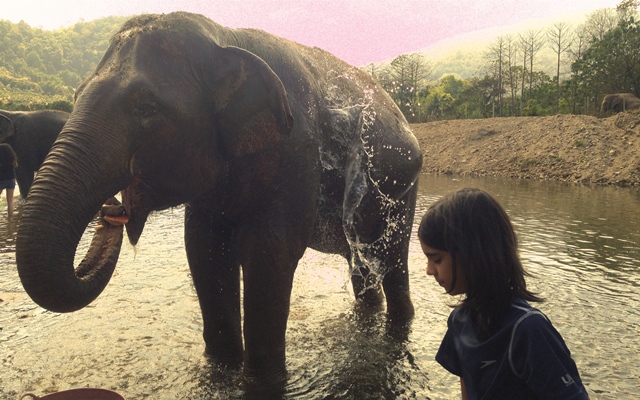
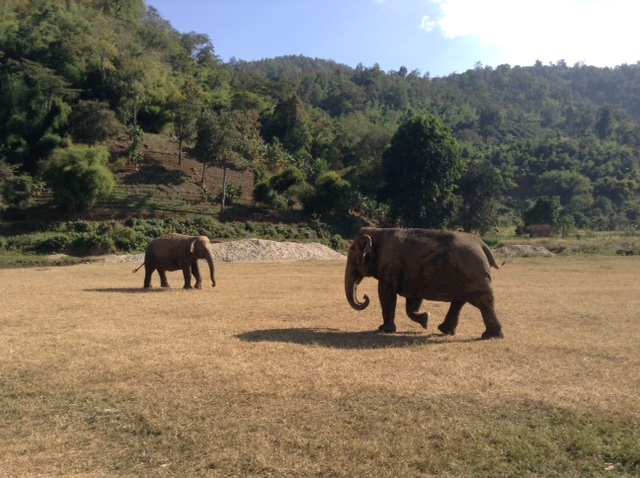
 RSS Feed
RSS Feed
